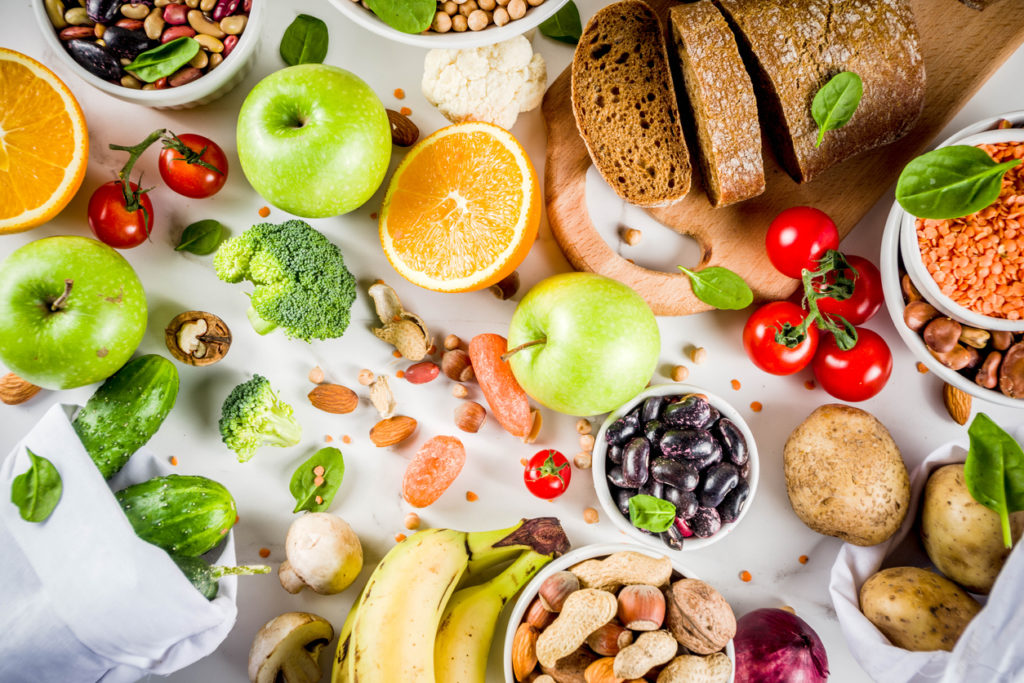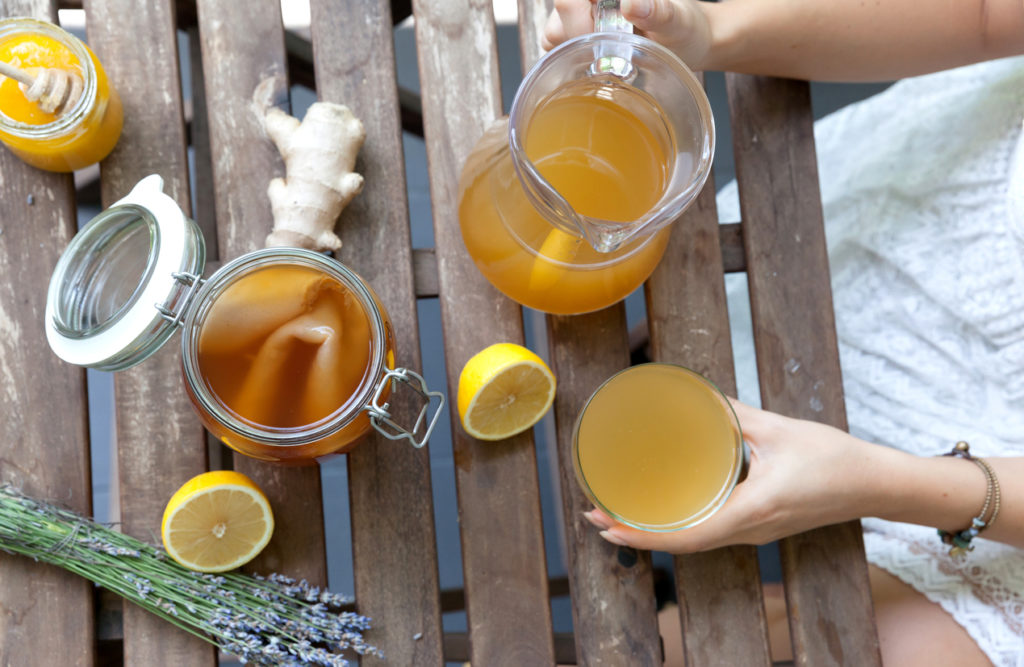What Are The Benefits Of Probiotics and Prebiotics? - A Leading Gastroenterologist Explains
If you’ve been confused about the differences between probiotics and prebiotics and how they can be helpful for overall health, we have you covered.
Beauty is an inside job on so many levels - it’s in the way we treat other people and also in the way we treat ourselves. We often think about this in terms of being kind, or a good person, but it also applies to the foods we eat and the supplements we take. Examples of this can be found right here on Beautytap.
Dermatologist Dr. Ava Shamban, let us know that dairy in our diets could be a contributing culprit to our maskne, Dr. Susanne Bennett talked about staying lean with amino acids, and holistic nutritionist Dana Remedios revealed the immune-boosting benefits of the turkey tail mushroom, among many, many others.

Take probiotics, for example. I know that they’re good for my gut and even my skin. But, what are they really? And what is the difference between a prebiotic and a probiotic and how do they work together?
I asked New York-based Internist, Gastroenterologist and Adjunct Professor at Touro College Dr. Niket Sonpal to explain it all to us.
What Is A Probiotic?
“Probiotics are the live bacteria that you will find in many fermented drinks or foods such as kombucha or yogurt,” says Dr. Sonpal. The most common of which are from the Lactobacillus and Bifidobacterium groups, and consuming them (in adequate amounts) provides many health benefits, like balancing the hundreds of good and bad bacterial species found in the gut. (If you are prone to feeling alone, don’t. There are trillions of microbes living on you and inside of you. Surprise!) The microbes that live in your gut make up your gut microbiome and are instrumental in your digestive and immune function, they can help with mood stabilization, manage skin conditions and even cancer, so obviously we want the good ones to function properly and the bad ones to be kept in check.
And if you’re taking a course of antibiotics, adding a probiotic could reportedly stop you from running to the bathroom with that upset stomach. (Maybe even forgo that yeast infection I inevitably get.)
So, probiotics are like the good guests at your gut party.

What Is A Prebiotic?
In short, they’re the snacks.
“Prebiotics are substances that generally consist of fiber that our system doesn't digest,” says Dr. Sonpal. They feed the good bacteria in our gut, helping to diversify those bacterial colonies, and, says Dr. Sonpal, “The more diverse your gut microbiome, the healthier you tend to be.”
So, to summarize…
Prebiotics are nondigestible food components (fiber) that feed the bacteria already in the gut.
Probiotics are actually live organisms that can be consumed in food or through supplements, and they help balance the gut flora to improve digestion and gut health.
So, How Do We Know If We Need Them?
Are you having trouble sleeping? Has there been some unexplained weight gain? What about fatigue, skin rashes, or food intolerances? All of these things could be signs of a deficit in beneficial gut bacteria. Add these to the usual suspects of frequent upset stomach, heartburn, bloating, flatulence, and diarrhea we associate with digestive issues and bring your entire list of ailments to your doctor.

In The Meantime, What Can We Eat?
While Dr. Sonpal does suggest speaking with your doctor about your individual needs, especially if you’re showing any of the symptoms above, he prefers that his patients get their pre and probiotic needs met through their diets, rather than supplements.
At this point, I think we all know that probiotics can be found in fermented foods like yogurt, sauerkraut, and kombucha, but also miso, tempeh, kefir, and kimchi. And if yogurt is your thing, but maskne is not, there are some non-dairy yogurts that contain probiotics, too.
It’s the prebiotics that was news to me. They’re contained in vegetables and high-fiber foods like barley, onions, asparagus, oats, and flaxseeds, among others. Keep in mind that fiber can break down with cooking, so crunch on an apple or some pistachios. Or, do like I do and make a dandelion salad with grapefruit and grilled chicken with some red cabbage kraut.
So, the takeaway here is to incorporate some of both of these types of foods above in our diets for optimal health and wellness and preventative care.
I’m on it.
Loading...